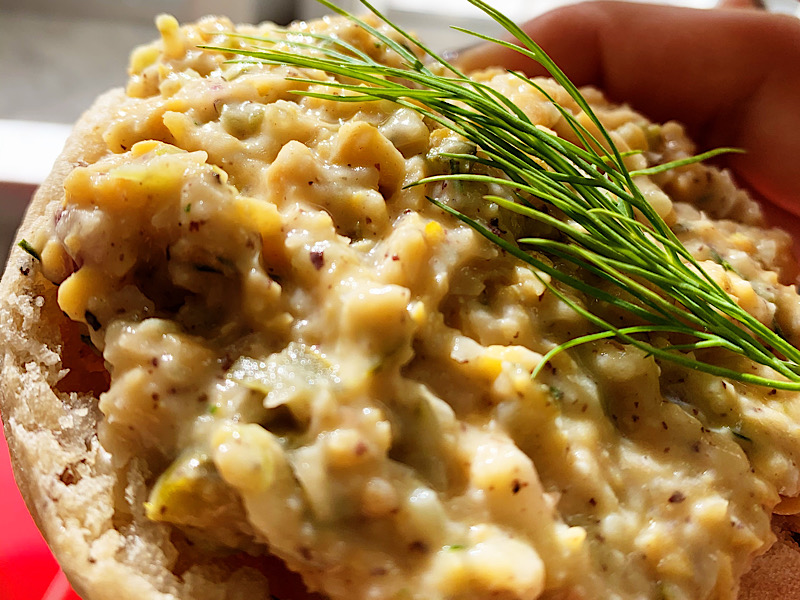I’m often asked what a pre or post workout meal should look like. In short, it should look much like the meals you eat reguarly. With most of your plate consisting of protein and/or carbs, along with some good healthy fat. Eating a smart meal before and after training will help promote the building of lean muscle and also assist in your recovery.
The timing of your meal is just as important as what the meal consists of. For optimal digestion try to eat 2-4 hours before your workout, depending on the size of your meal. Personally, I find a meal about two hours before training works best. If anything, I’ll scarf down a banana 20-30 minutes before. Then afterwards, the sooner the better! My trainers tell me we should be eating within 15 minutes after training. I stay ready by putting two scoops of protein powder into an empty blender bottle. Then when I’m done working out, I can just add water, shake & refuel! This helps to hold me over until I’m able to have a meal.
So let’s talk about what these pre and post workout meals should consist of:
Protein:
Whether your goals are to gain or drop weight, your after-workout meal should contain a good source of protein. My go-to is usually tempeh or tofu. Both are incredibly easy to whip up after a sweat sesh or meal prep to make things even easier! I also like to buy frozen edamame or keep some canned beans on hand. Both can be added to almost any meal to up the protein.
Carbs:
Although they get a super bad rep, carbs are essential to leading a healthy and active lifestyle. Choosing healthy carbs with a low glycemic index will not only help prevent a blood sugar spike, but will also help keep you satiated and feeling satisfied. Try sweet potato, quinoa, fruits, oats, potatoes and dark leafy greens. I like to batch cook carbs to they’re ready to eat when I am. Try roasting a tray of sweet potatoes or cooking a big batch of quinoa in the beginning of the week!
Fat:
Just like with carbs, choosing the right fats to incorporate into your diet make all the difference. Keep an eye on the fats that sneak into your daily routine, like the oil you cook your food in. It’s best to keep your fat sources clean. Try adding in fat from nuts, seeds and avocado rather than oils and sugars.
Remember, everyone’s bodies and tastebuds are different. These are just some suggestions to get your creativity sparked! At the end of the day, you do what’s best for you!
I hope this guide helps you prepare healthy meals to fuel your workouts! Show us what you eat before and after you train!



